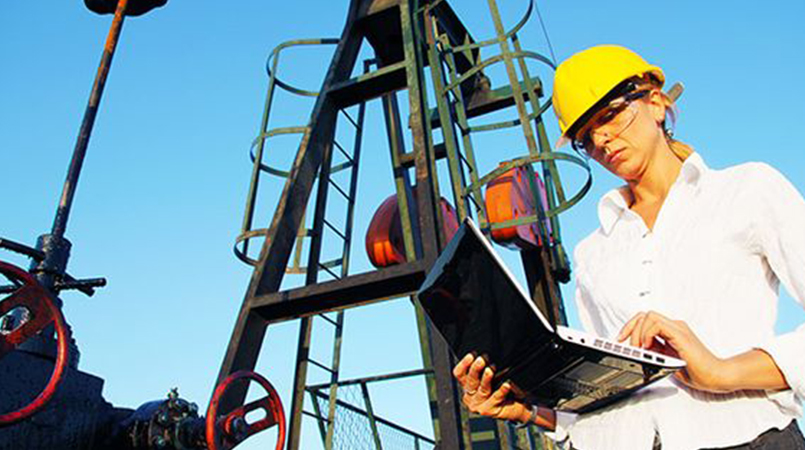UPDATE: 6/17/2010 Dr. Michaels discussed cleanup workers on C-Span this morning. Learn more at the ProPublica Blog.
Continuing its series of public service blogs related to the Gulf oil spill, VelocityEHS looks at PPE’s and worker training. Workers involved in the oil spill cleanup face a multitude of hazards; consequently, they are entitled to personal protective equipment and special training. How much training they receive and exactly what protective equipment they are given is based upon their specific tasks and locations. According to OSHA, cleanup workers are covered by OSHA’s Hazardous Waste Operations and Emergency Response (HAZWOPER) standard (1910.120 and 1926.65). To explain the hazards cleanup workers face and the protections available to them, OSHA has a dedicated page on their website to the safety of oil spill workers. On the website, OSHA states that workers involved in the actual cleanup must receive at least “four hours of training on both the hazards at the site as well as any hazards involved with the manner in which the cleanup is carried out.” It also states that workers must receive training from “specially trained personnel who have received extensive training.” Of concern to many workers are what PPEs they are entitled to based upon their tasks or locations. On this point, the OSHA website lists some general items workers may need depending upon the nature of their tasks:
- Gloves (Oil resistant)
- Boots
- Coveralls
- Safety glasses
- Respirator
What workers need to understand; however, is that according OSHA’s PPE information booklet, when appropriate “employers must provide personal protective equipment (PPE) to their employees and ensure its use.” Furthermore, employees must be trained to know the following:
- When PPE is necessary
- What PPE is necessary
- How to properly put on, take off, adjust and wear the PPE
- The limitations of the PPE
- Proper care, maintenance, useful life and disposal of PPE
Not having the proper PPE can cause serious problems. According to an article by In These Times, some cleanup workers have complained of illness from lack of PPE, and the Associated Press reports of workers complaining of flulike symptoms. If you are involved in the oil spill cleanup and have questions regarding training or proper PPE use, or are unsure or think the work is unsafe, OSHA implores you to “STOP and ASK your supervisor.” You can also call OSHA at 1-800-321-OSHA (6742)… TTY 1-877-889-5627. Hazards cleanup workers may face include:
- Heat Stress
- Crude Oil
- Snakes, Insects, and Rodents
- Poisonous Plants
- Drowning
- Personal Protective Equipment
- Dispersants
- Slips, Trips, and Falls
- Emergency Response and Shoreline Cleanup
- Boat and Vessel Safety
- Ergonomic Stresses
- Fatigue
- Respiratory Protection
If you are among the thousands of workers already engaged in cleanup effort or will be joining the effort soon, VelocityEHS thanks you for your important work and encourages you to take every precaution to stay safe.
